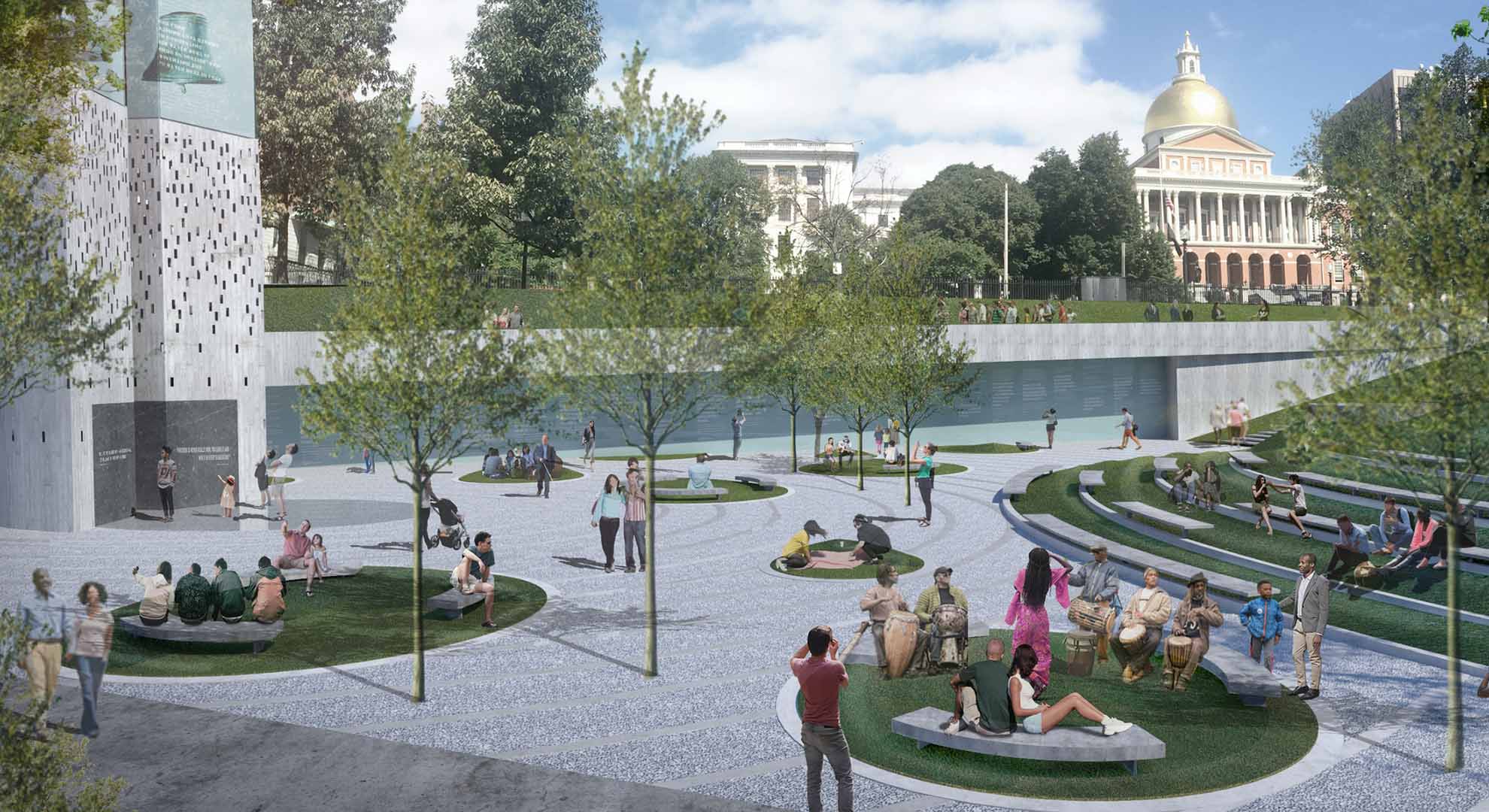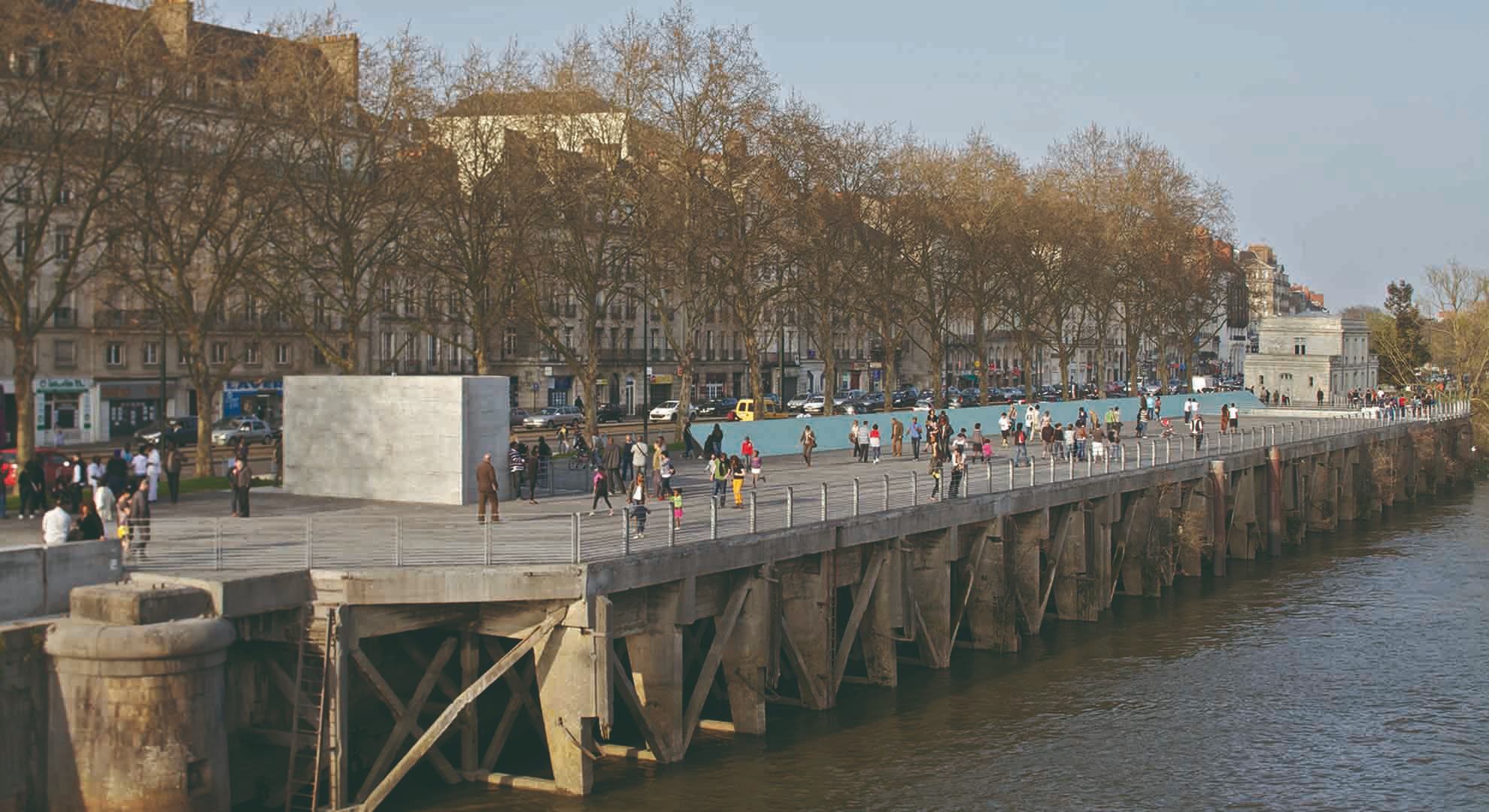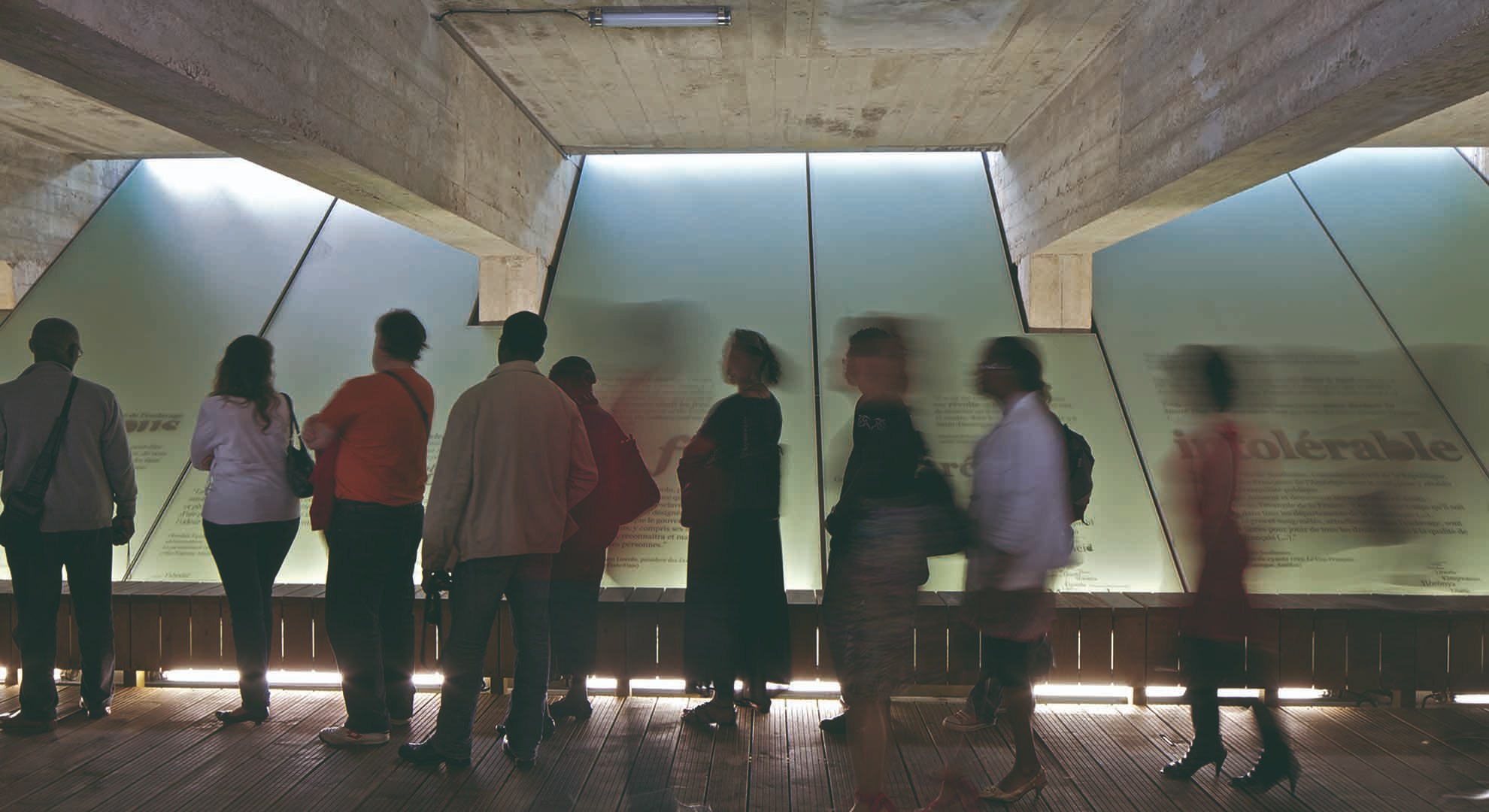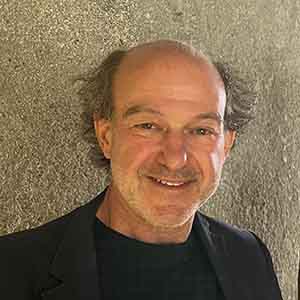Memory-Works
Reflections and practices
Few words have been so ubiquitous in contemporary culture as the word “memory.” Memory is a key marker in diverse fields such as historiography, politics, psychoanalysis, visual and performative arts, information technology, and media. At the same time, it impacts on the conception and design of landscapes, architectures, public art, public space, monuments, museums, and memorials.
An important aspect of the culture of memory can be found in the way the struggle for justice and human rights and the remembrance of traumatic events have been strongly linked to one another, as many nations and communities seek to create and/or to perfect democratic societies in the wake of mass exterminations, slavery, apartheids, segregation, dictatorships, and totalitarianism. These processes and struggles are also inextricably linked to the significance of both the preservation of sites of memory and the creation of spaces for remembrance, reflection, and action.
So, while monuments and memorials have been built around the globe for many centuries, the atrocities and disasters of the recent past along with the ongoing struggle for a more just world have been self-consciously inscribed into our built environment as never before in history. As a result, we find ourselves playing an important role in public discourses about history and memory, about justice and about the democratic public space.

“The Ripple Effects,” finalist for the Martin Luther King Jr. and Coretta Scott King Memorial competition in the Boston Common proposes to create a dual monument and a “ground for contemporary and public activism,” 2018, Julian Bonder, Krzysztof Wodiczko, Maryann Thompson, Walter Hood
In recent years, significant movements and actions throughout the world strongly reaffirm and make visible that public space is indeed a space for assertion of political, civil, and cultural rights. I believe that, to a significant extent, the success of democracy can, and perhaps should be measured by its capacity to encourage healing and justice-seeking processes, and to expand the meaning of an inclusive and caring society, through political, cultural, educational and, yes, architectural, and artistic means as well.
Engaging with the question of how historical memory can be inscribed into public spaces and our built environment thus raises a whole host of questions. How can we create innovative proposals to work through and shed light over difficult memories and past and present injustices? How can we create justice-centered works, programs and organizations aimed to elicit new forms of memory and ethical consciousness—new forms of visibility—in our democratic public spaces? How do we position ourselves and how do we envision our roles as architects, artists, and designers when working on such projects understood as spaces for reflection, engagement, and action?
As a life-affirming endeavor—inextricably linked to our social, political, and cultural existence—architecture can transform realities and serve to envision better futures. A memorial's historic destiny is to engage with the past and provide conditions for new responses in the present.
The Latin word monumentum derives from the verb moneo, “to warn.” Hence, memorial, memento, monument, like “monitor,” suggest not only commemoration, but also to be aware, to mind and remind, warn, advise, and to call for action. As catalysts for memory and memories, our proposals—monuments, memorials, spaces for reflection and action—can thus contribute to heal histories of violence often hidden and embedded in our built environment. To do so, I believe that upon conceiving and designing these projects we should consider aesthetics to be at the service of ethics.

Previously used as parking, the Loire embankment has been transformed into a public memorial space, Memorial to the Abolition of Slavery, Nantes, 2012, Wodiczko + Bonder. Photo © Philippe Ruault
The Memorial to Abolition of Slavery in Nantes, was commissioned by the City of Nantes and its former mayor Jean-Marc Ayrault. The project proposes a metaphorical and emotional evocation of the struggle for the abolition of slavery, above all historic, but still continuing into the present. This project proposed a physical transformation and symbolic reinforcement of 350 meters of the coast of the Loire River and, it has been visited by more than 2 million people to date.
As a working memorial, it provides space and means for remembering and thinking about enslavement, commemorating and celebrating resistance and the abolitionist struggle, and for bringing the visitor closer to the continuing struggle against present-day forms of slavery.
A preexisting subsurface space, residual of the construction of the ports and embankments walls of the Loire in the eighteenth, nineteenth, and twentieth centuries) was transformed into a “passage,” an underground memorial space. As a place for contemplation, reflection, and action, the memorial sheds light over difficult pasts and presents, both in Nantes and the world, and has become an agent and catalyst for transformative action, human rights activism, and civic engagement.

This 150-meter long underground memorial space is accessible to the public on both ends. Memorial to the Abolition of Slavery, Nantes, 2012, Wodiczko + Bonder. Photo © Philippe Ruault
Shaped by an awareness of the need to address plurality of publics and generations, these projects can become active agents for culture and dialogue, demanding responsibility and eliciting “response-ability,” human rights activism and civic engagement. In this sense, I believe that in conceiving, and creating, these spaces for reflection we should attempt to shed light over the past and present, to proactively engage with the public and communities, and to invite questions about society, democracy, histories and memories; ultimately, questions about ourselves.
For as James Baldwin reminds us: “The questions which one asks oneself begin, at least, to illuminate the world, and become one's key to the experience of others.”
Main image: The underground space has been transformed into a memorial passage, which includes abolitionist texts inscribed on the glass panels, Memorial to the Abolition of Slavery, Nantes, 2012, Wodiczko + Bonder. Photo © Philippe Ruault
